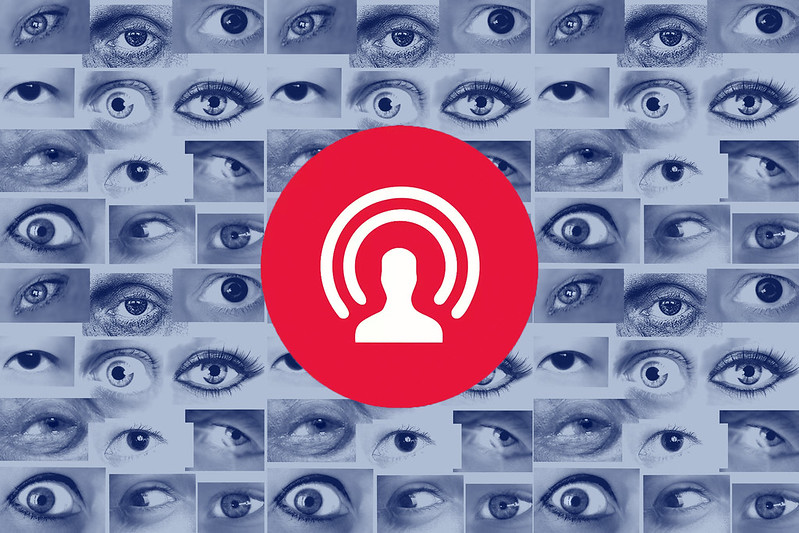
Psychotherapy via streaming video delivery is a small boon in this terrible COVID-19 nightmare-of-a-new-reality. It’s a vital healthcare service now being delivered. My own experience with this medium has some history, going back over eight years.
My experiences with online therapy over the last nine (9) years has now been transformed into a completely online and/or phone practice. I am in a high risk group for this virus, so it’s likely a long term transitional period for my office.
Unequal access
There is unequal access to online mental health service, despite the wide ownership of smartphones. Vulnerable populations, including the unemployed, are hit the hardest and the least well served.
Case presentation
I recently re-opened a case history presentation I delivered eight years ago to a continuing education event. It focused on a case which began (as was typical) in my office in Seattle. The client relocated quite suddenly near the end of treatment. Therapy via streaming video was a way to terminate the case more gradually.
The difference
The differences noted by the client (in a nice piece of mapping) were:
- “worked well as a transition to a new home”
- “strange mixture of therapy being more intimate and also more detached”
- “casual – therapist seeing me in my home”
- “not ‘face-to-face’ in the same location – different environments”
- “slowly the physical distance seemed to create an emotional distance”
The obvious differences between office and online environment and “depth of presence” is there. At the time, colleagues usually had no experience working online. Many had phone experience, which was applicable.
Today’s circumstances
Necessity, in the form of COVID-19, is the mother of re-invention. There’s not currently an office alternative that’s safe enough for all parties and society. So the comparison to office therapy is temporarily suspended.
Therapy gets tested
In order to maintain a change-oriented client connection, therapy must always have a certain drive or efficiency. Strong foundations in relationship, built through interactivity, creates more effective therapy. Personallly, I find that online and phone work refocuses me on core skills of delivering a differentiation-based, developmentally-focused therapy.

Outreach to your home
My clients have generally located themselves in rooms or areas that are quiet and separate. Pets sometimes intervene. I’m reminded of a period in my training when I did outreach therapy, traveling to people’s homes. That was a great experience, and so is this modality, for similar reasons.
Relationship therapy advantages
The ability to do multi-partner therapy definitely increases with streaming video. Consensually non-monogamous (CNM) partners have an easier time coming together in one appointment. Couples doing therapy usually sit next to one another, which is a typical position for them in therapy (although in my office they sit separately.)
Research status
There’s quite a bit of research and professional writing about “tele-mental” health services. Topics include specific populations, different countries, program development, and a number of limited scope outcome studies.
Access over quality
There’s very little research in terms of quality or effectiveness. That’s because the advent of streaming video therapy has been more about increasing the public’s access to psychotherapy, rather than the qualities of the therapy itself.
There’s a likelihood that ‘better’ therapists will do better online therapy – but that’s not a given! I know from personal experience that some seasoned professionals do not adapt well to the medium.
Different focus
I agree that online video quality does reduce some interpersonal richness and detail (due to the frame rate) of physical presence. It also focuses attention onto the head and shoulders. A client might find that more relaxing every bit as much as finding it limiting.
Greater familiarity
Many folks are more comfortable with streaming video because of many hours spent with it at work. To them, live video interaction is a more integrated part of their reality. As my client said above, it’s more and less intimate all at once.
